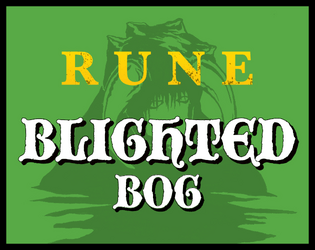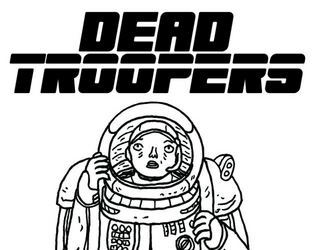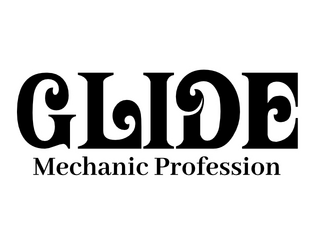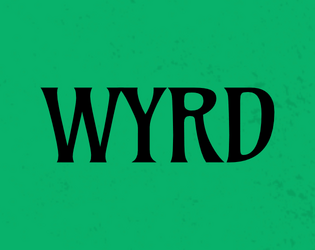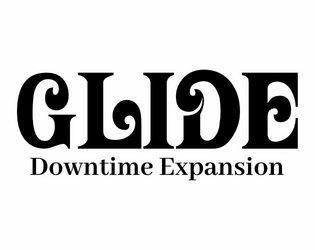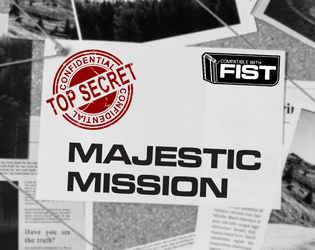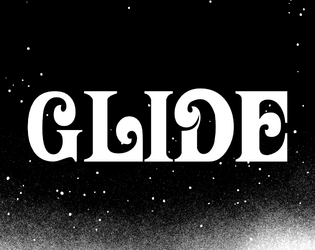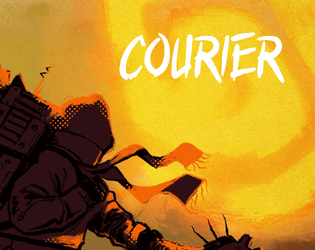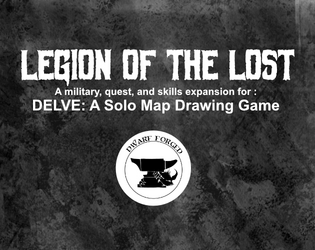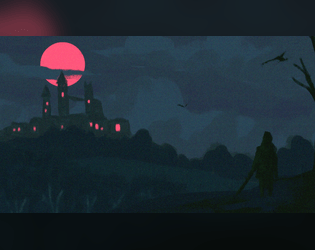Mutants use the "Mutant Alliance" stats found on page 48, where X is their current Faction Strength.
Sasquatch Games
Creator of
Recent community posts
Some backgrounds will start with 0 Wits but you can find a companion to help give a bonus. If you are having a run of bad luck, try decreasing the DS by 2 at each level. I've played with DS at 8, 10, and 12 and felt it was easier to get through my first few quests.
Total Spells that can be cast during a quest is equal to your Magic stat, plus 2. So if you have 0 Magic, you add 2, for a total of 2.
So, the community member is not interested in releasing the tool at this time.
I will however look into Obsidian and the solo toolkit you mentioned. If I catch on easily enough, I will put together something that is free for all GLIDE players.
Thanks again for bringing the accessibility to my attention. I'm striving to make my stuff more accessible overall, and this is likely a good starting point into thinking about digital tools!
You are correct that the traits are guidelines for resolving NPC interactions. Its more of an add-to the existing game framework than a necessary system for people to use.
I included Traits to provide a system for resolving person-to-person interactions (NPC and player) that I always struggle with when playing solo or cooperatively without a GM. Players are the main characters of their story, so keeping roles one sided simplifies things and keeps the players locked into their decisions and progression.
Reputation level bonuses are what you get when you reach that level of reputation with a faction. These stack from 0 up, or 0 down, depending on your reputation level. These aren't listed in the game book as it is an optional component.
When you move into a settlement you don't roll for an encounter. There are no Settlement Encounters at this time.
When a faction grows they do so from each settlement they control, just as you have mentioned.
You're correct on the Contracts - I responded in the mindset of taking the Contracts action once per turn. You can fill contracts up to the total level of the settlement, plus 1, as long a you have contract space. I've correct my original response to reflect this.
I appreciate you pointing out the error in my original answer!
I'm working on a Discord for Sasquatch Games, games. Slow progress but coming soon!
1. If you have a neutral (0) or positive (1+) reputation with the raiders then you can enter freely!
2. If there is no space to place territory just ignore the remaining requirements.
3. The rules as written state contracts equal to the level of the settlement, plus 1, per Contract action. The Contract action can only be taken once per turn.
Let me know if you have any other questions!
- Cody
Oh yeah, I totally misread your original comment. You are correct!
Missions require at least some locations to be revealed (the more the better). If you do have locations revealed but roll an invalid location type (as in it doesn't exist on your map), you are to roll again until a valid location results. Alternatively you can place the location based on the distance given for the mission to start doing the missions right away. I typically have new players explore the map a bit doing Contracts before taking on Missions as it helps to fill-in the map.
Hey!
Delivery locations are always settlements owned by factions. When rolling for a destination you can only use results for locations owned by faction listed on your map. So, if I roll for Strand Society but they aren't on my map, I just roll again until the result is valid.
I see that the digital version of the game has missing headers for the Contract table, so I'll update that today. That might be where the confusion is coming from concerning how contracts and deliveries work.
Good questions. Adventure sites are intended to be where something happens and are the entire hex. A location is inside of a hex, meaning an adventure site can have multiple locations in it. The naming convention is confusing and will be fixed in the next version.
Hex-flower reference isn't included at this time, so in the meantime you can fill as you move or fill the whole map before you play. I like having the whole map before I play as it makes creating narratives easier, especially with the amount of rolling needed to generate solo stories.
I'm happy to see your progress! Rolling is done on the Items or Gear table, depending on what you feel or want to find. Alternatively, as you mentioned, you can roll 1d12 and use the result across the 12 possible Items or Gear.
The d12 was a popular piece of feedback I received during testing, but I stayed with 2 1d6 tables to allow players to pick what they find based on how they are currently feeling about the delve. I really wanted to provide ways to "un-stuck" the story, which an opportune Item or Gear can provide.







